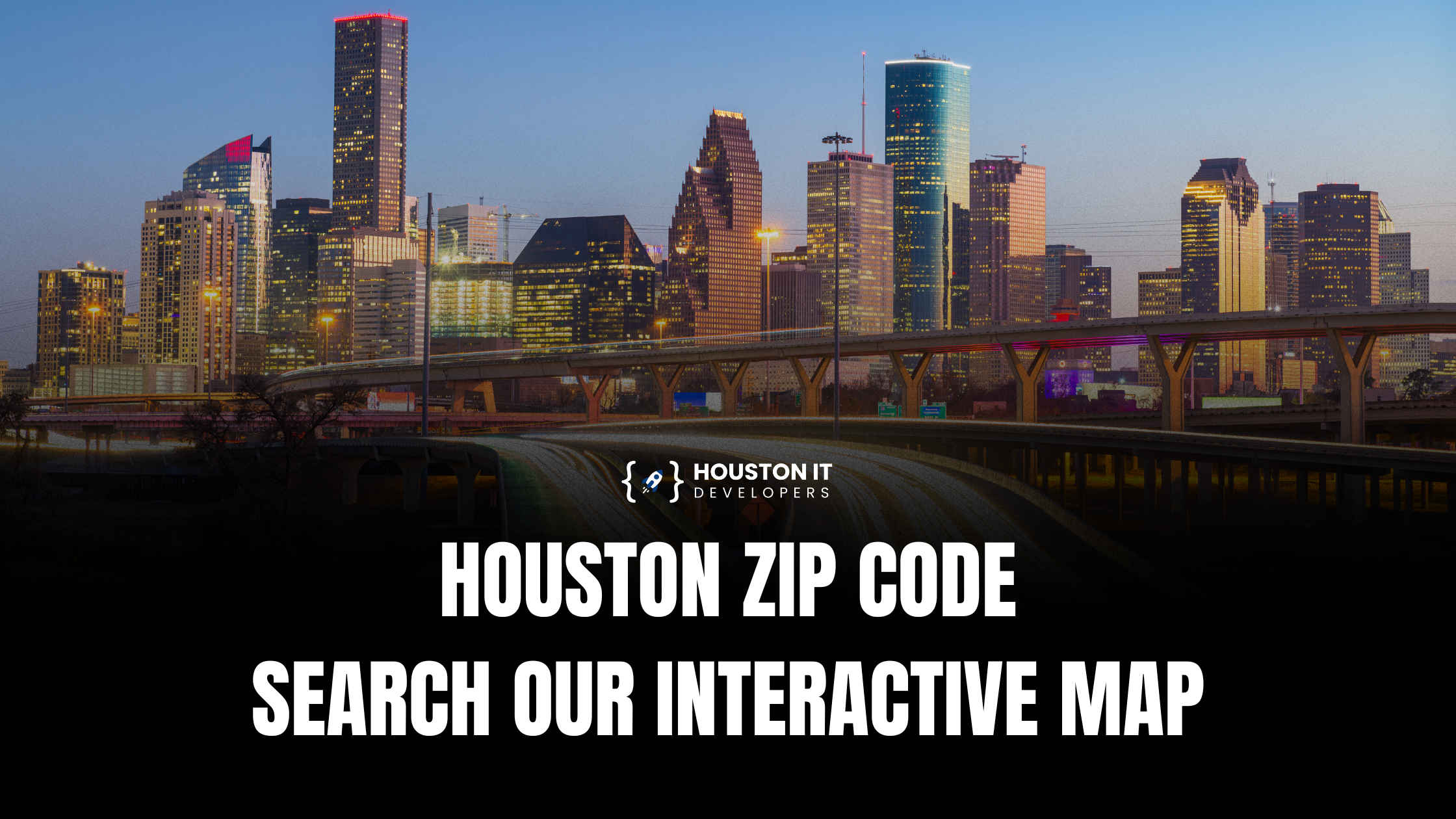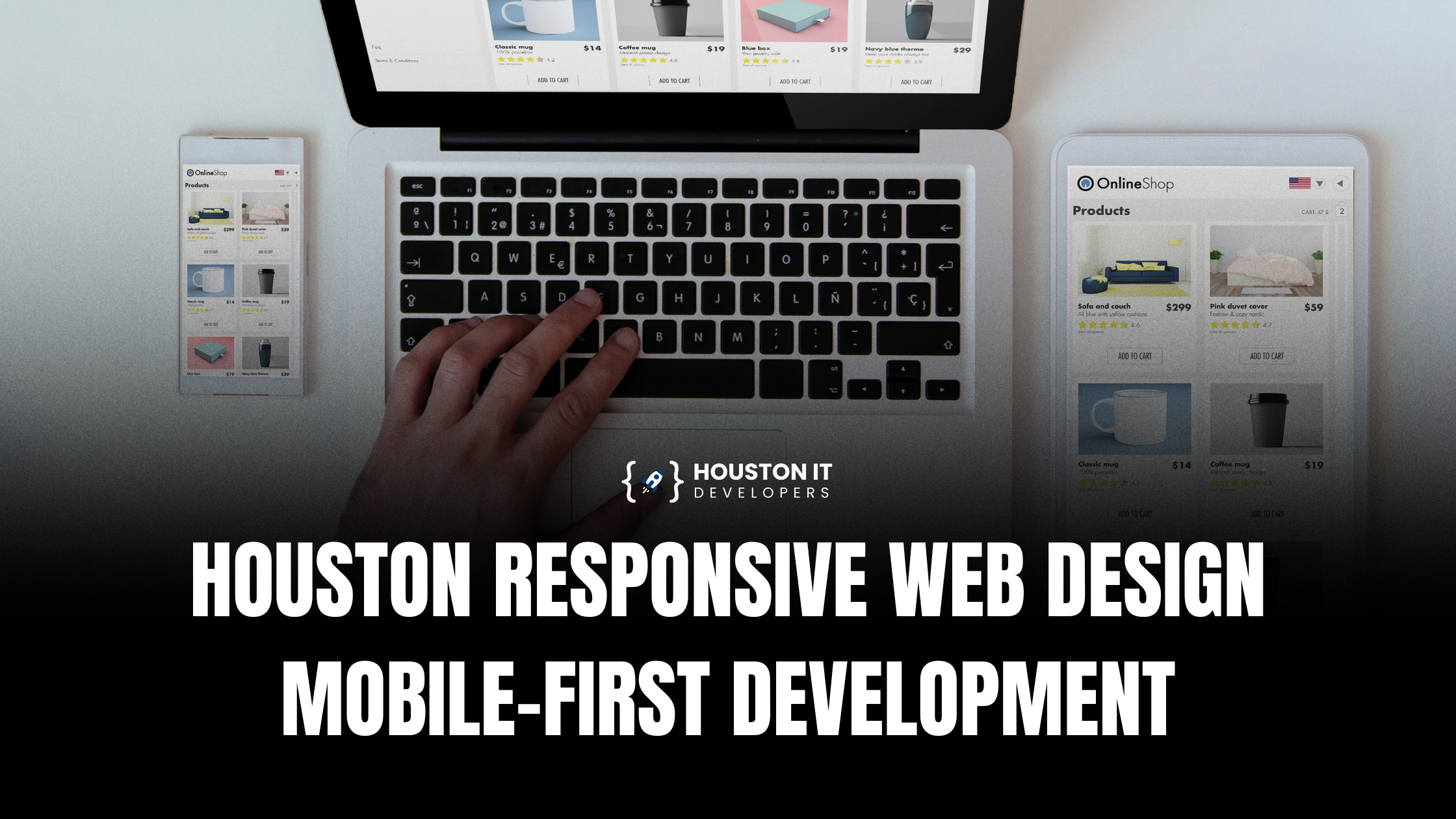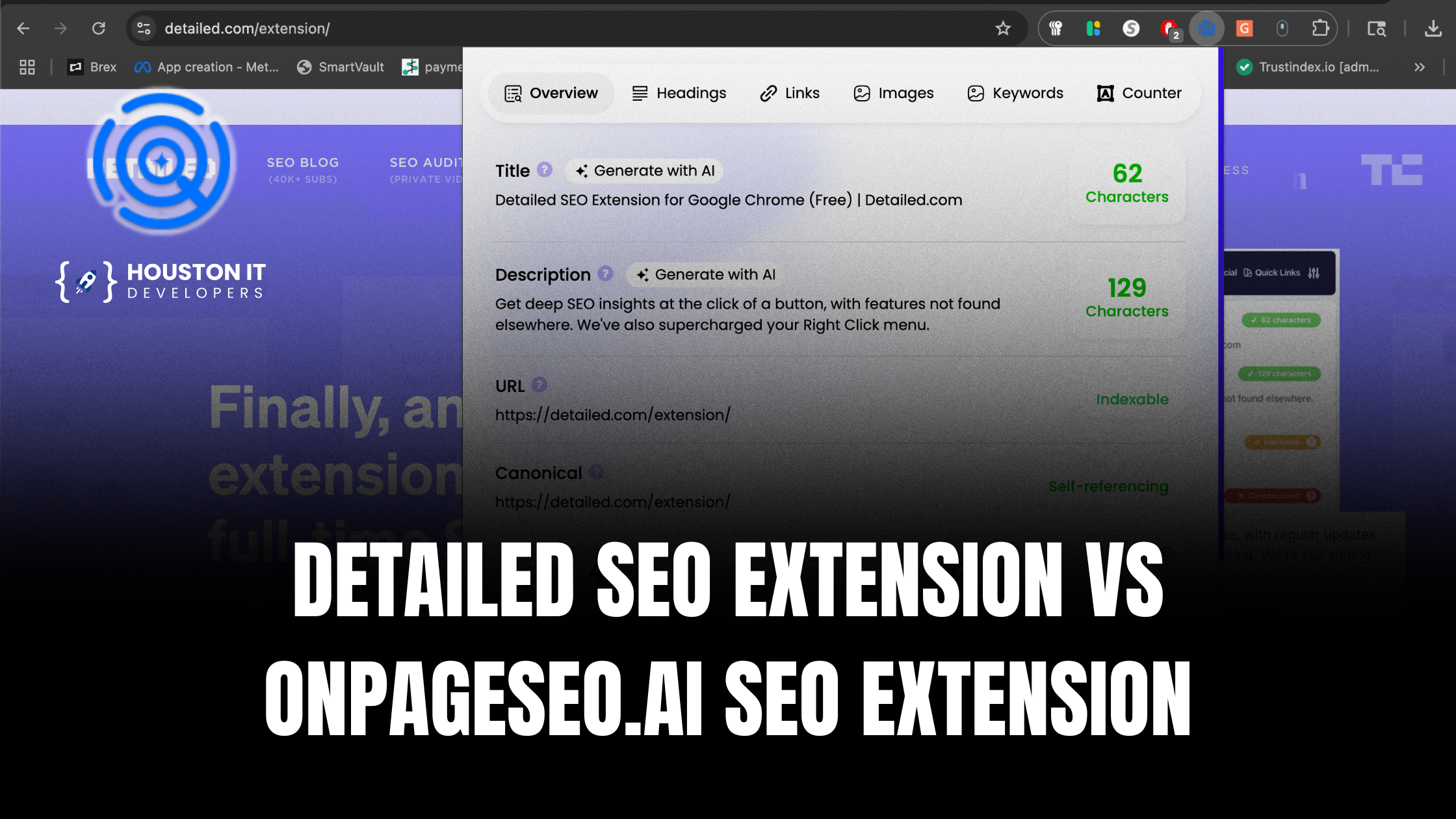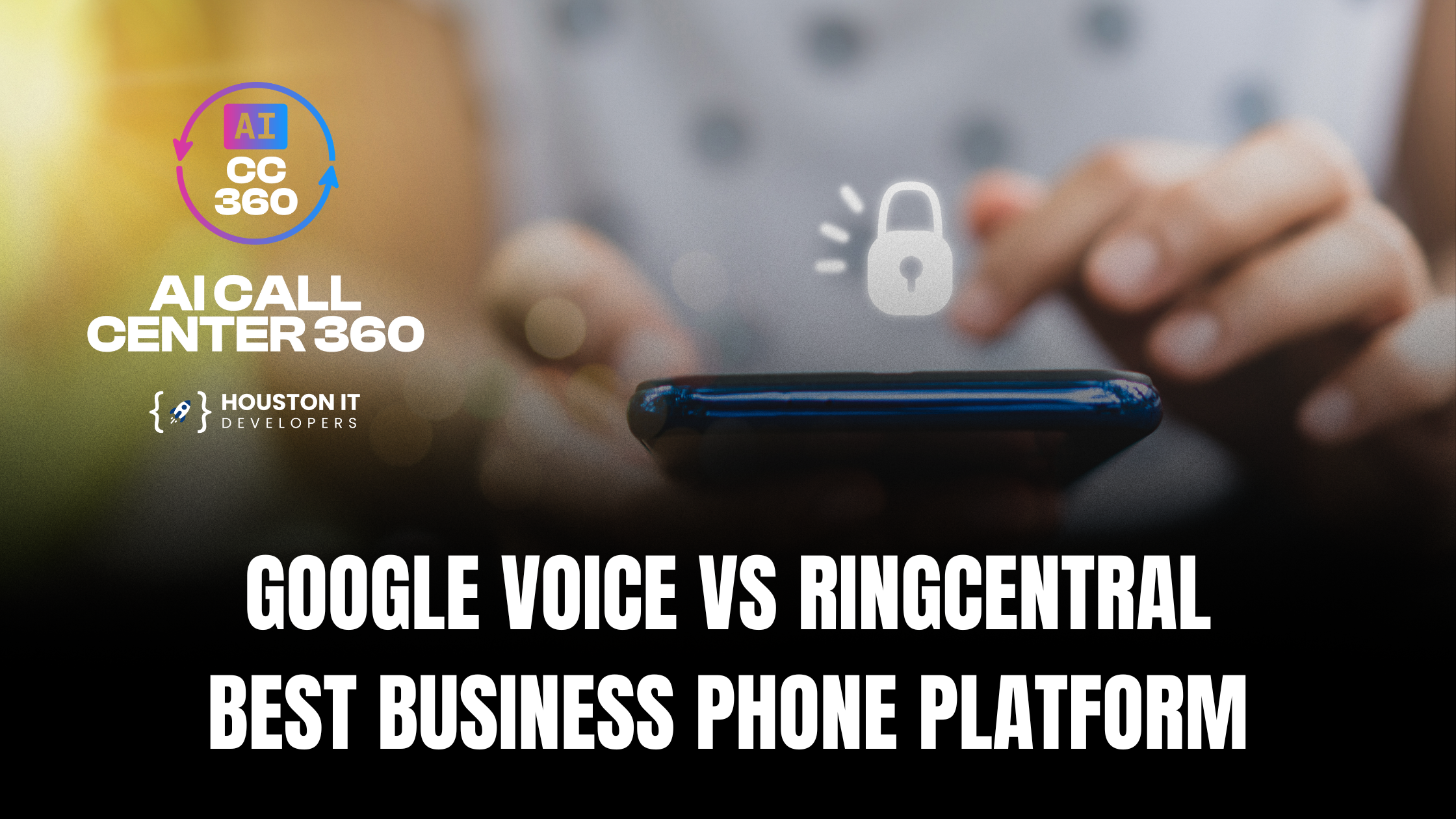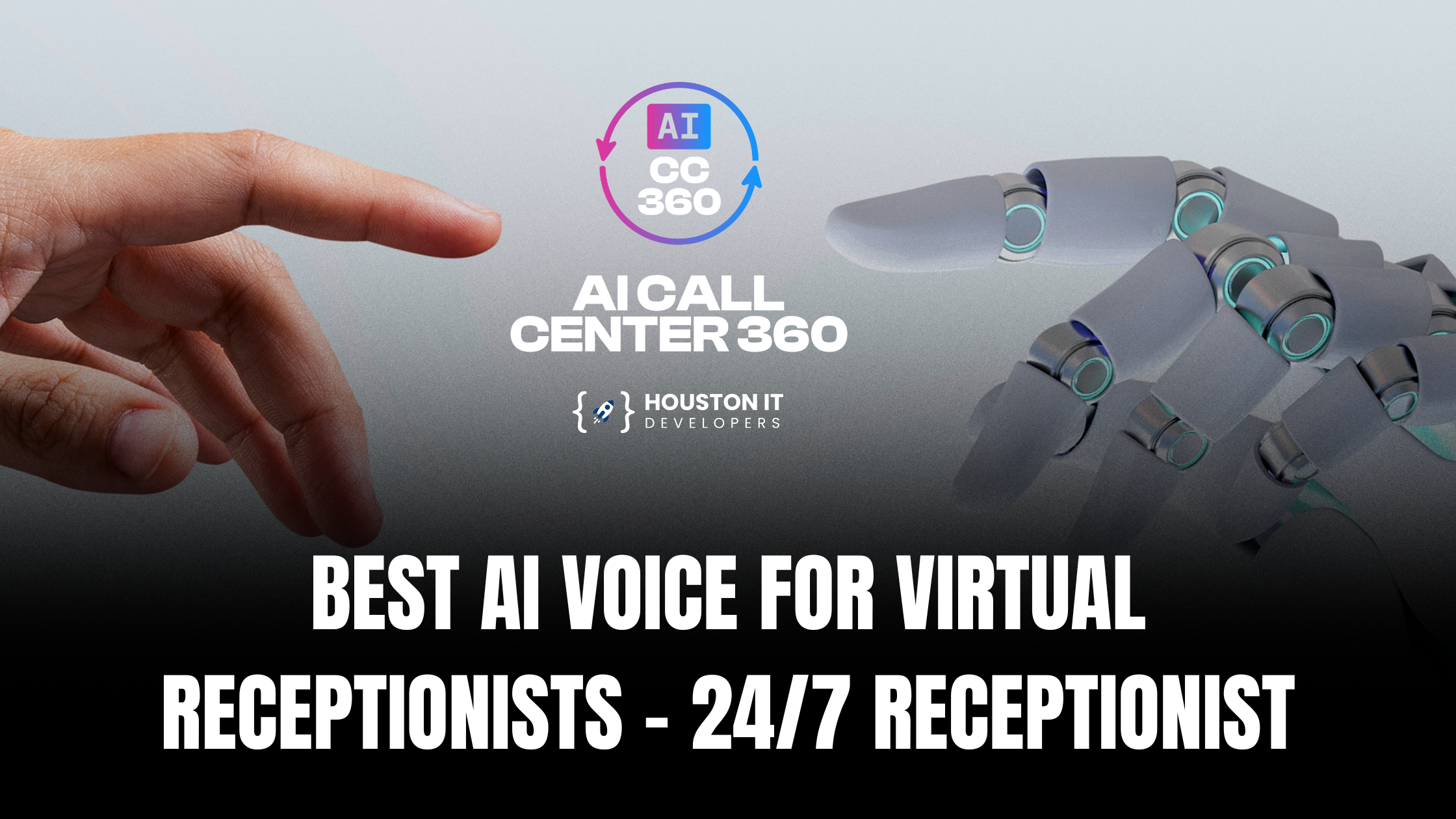The use of mobile devices and the internet has become increasingly common today. There are easily around 100 mobile apps on every user device. Some popular apps are Facebook, Google Chrome, Instagram, WhatsApp, Snapchat, YouTube, and much more. Around 2.87 million apps on Google Play Store and 1.96 million apps on Apple App Store are available for downloading for the 6.3 billion smartphone users across the world. The mobile app market has become increasingly competitive. The startups and businesses are trying to launch their apps into the market faster.
Programming languages, software development kits, and app frameworks- all have a role to play in better app development. And Flutter needs a special mention here. It is a framework to build cross-platform apps. Flutter development is popular among app developers and businesses as it is easy and fast to code and reduces the development cost. Let’s learn more about Flutter and how it helps developers to boost their productivity.
What is Flutter?
Flutter, created by Google in 2015, is a free open-source portable UI toolkit for developing native-like apps from a single codebase across Android and iOS platforms, and even web and desktop. It has a rich extensive library of pre-built widgets that makes it easy for app developers to launch high-performance, scalable cross-platform mobile apps fast and easily. It uses Dart as its programming language and is the only framework with a mobile software development kit (SDK) that provides a responsive style without needing a JavaScript bridge thus giving it an edge over other frameworks such as React Native, PhoneGap, and Xamarin.
What is Flutter used for?
Flutter is used to build apps for Android, iOS, web, and desktop with a single codebase. It consists of these main standout features to help developers build apps-
Dart programming language- The framework is written in Dart, an object-oriented programming language. Its syntax is simple and concise.
JIT and AOT compiler- Flutter’s Just In Time (JIT) compiler enables the hot reload feature to speed up the development and compilation. The Ahead Of Time (AOT) compilation ensures fast startup time and stable performance of the apps after their release.
C/C++ engine- Flutter’s engine, built with C++, handles APIs and plugins, processes file and network I/O, interacts with graphics library for code rendering, and powers the runtime and compiler.
Skia graphics library- Flutter uses the Skia graphics library for rendering UI instead of depending on platform-specific components. It draws its own widgets independently minimizing the chances of a UI break for any version or device.
Custom Widget library- The Flutter framework has a separate library for animation, gestures, widgets, etc. It allows developers to use sets of Material Design (for Android) and Cupertino (for iOS) widgets as well as write custom codes in Dart.
Software Development Kit (SDK)- The Flutter SDK contains a framework built with Dart programming language, a C/C++ rendering engine, a library of Material Design and Cupertino widgets, APIs for integrations, and a set of command-line tools for development, testing, and compiling apps.~~
How does Flutter boost developer productivity?
The Flutter structure is so developed as to facilitate easy mobile app creation for developers. It is a layered system consisting of the framework, engine, and platform-specific embedders.
Flutter is platform-agnostic
Many businesses now opt for cross-platform apps since they are easy and fast. Building native apps specific to iOS or Android is time-consuming and costly. Moreover, developers must maintain two sets of codes limiting the future success of the application. Flutter, on the other hand, makes cross-platform app development simple. Even though React Native and Xamarin are also platform-agnostic, Flutter has the added advantage of the Skia library. This rendering engine does not require any platform-specific UI components making Flutter’s suitability go beyond code portability.
Simpler and faster
Developers who have experience in languages such as Java, Python, C#, and other object-oriented languages will have no problem learning to code in Dart. This is structurally and syntactically like these languages.
Easy to use
Developers who have experience in languages such as Java, Python, C#, and other object-oriented languages will have no problem learning to code in Dart. This is structurally and syntactically like these languages.
Moreover, Flutter has an extensive widget library making it easy to build cross-platform mobile apps without having to write expansive codes. In fact, several platforms use Flutter to build apps without having to code.
Another benefit of Flutter development is its excellent documentation available online. Other than references, it also includes numerous examples and use-cases showing developers how to complete tasks when they are stuck somewhere. There are also various forums, blogs, and other online communities to help new Flutter developers.
Scalability
Scalability is an issue that if not planned initially may pose a challenge later when an app upgrade is necessary. Flutter uses Google’s Firebase application in the background thus making scalability easy. It provides real-time database updates ensuring quick data sync among clients. Firebase also optimizes database updates by reducing the functions needed for syncing thus making sure that there isn’t a negative impact on performance. In short, developers can easily add features or increase the user base for an application with Flutter without breaking it.
High-performance apps
Developers can easily create app UIs from the most basic to more complex interfaces with multiple components using Flutter. The Flutter apps don’t need any intermediate code interpretation steps and are directly compiled into native code. When compared to React Native and Xamarin, Flutter development doesn’t need any additional bridges between the code and native elements reducing additional processing steps. Flutter’s in-built widget library has high-performance visually attractive interface elements making the final app UI engaging and functional with an excellent user experience.
Disadvantages of Flutter development
Even though there are several benefits, like any other framework, Flutter has its own share of downsides too.
Large apps
Flutter apps do not rely on platform elements and are self-contained having all the necessary codes to run the app. This makes the app size larger and may pose a problem if the user is using an old mobile device with a lesser storage capacity.
Lack of third-party libraries
Even though Flutter’s in-built widget library is extensive, developers rely on third-party tools to add additional features and functionality to the app. But the issue is many third-party tools aren’t available for Flutter as compared to other development tools.
Android over iOS
Google is the force behind Flutter, and it comes as no surprise that it is better suited for Android than iOS. Although Flutter is being fixed and updated to make it better for iOS, there are issues with lag and load.
Final Words
The disadvantages of Flutter far outweigh its benefits. This is the reason Flutter development is the most preferred when it comes to building cross-platform mobile apps.
Given the popularity of Flutter, it may seem that Flutter developers are everywhere. But it isn’t the case so. Experienced Flutter app development services are hard to come by. Houston IT Developers, a leading mobile app development company in the U.S. has in-house Flutter experts to help businesses build engaging and intuitive cross-platform mobile applications.
Contact us if you need professional Flutter app development services. We’ll be glad to help you.



